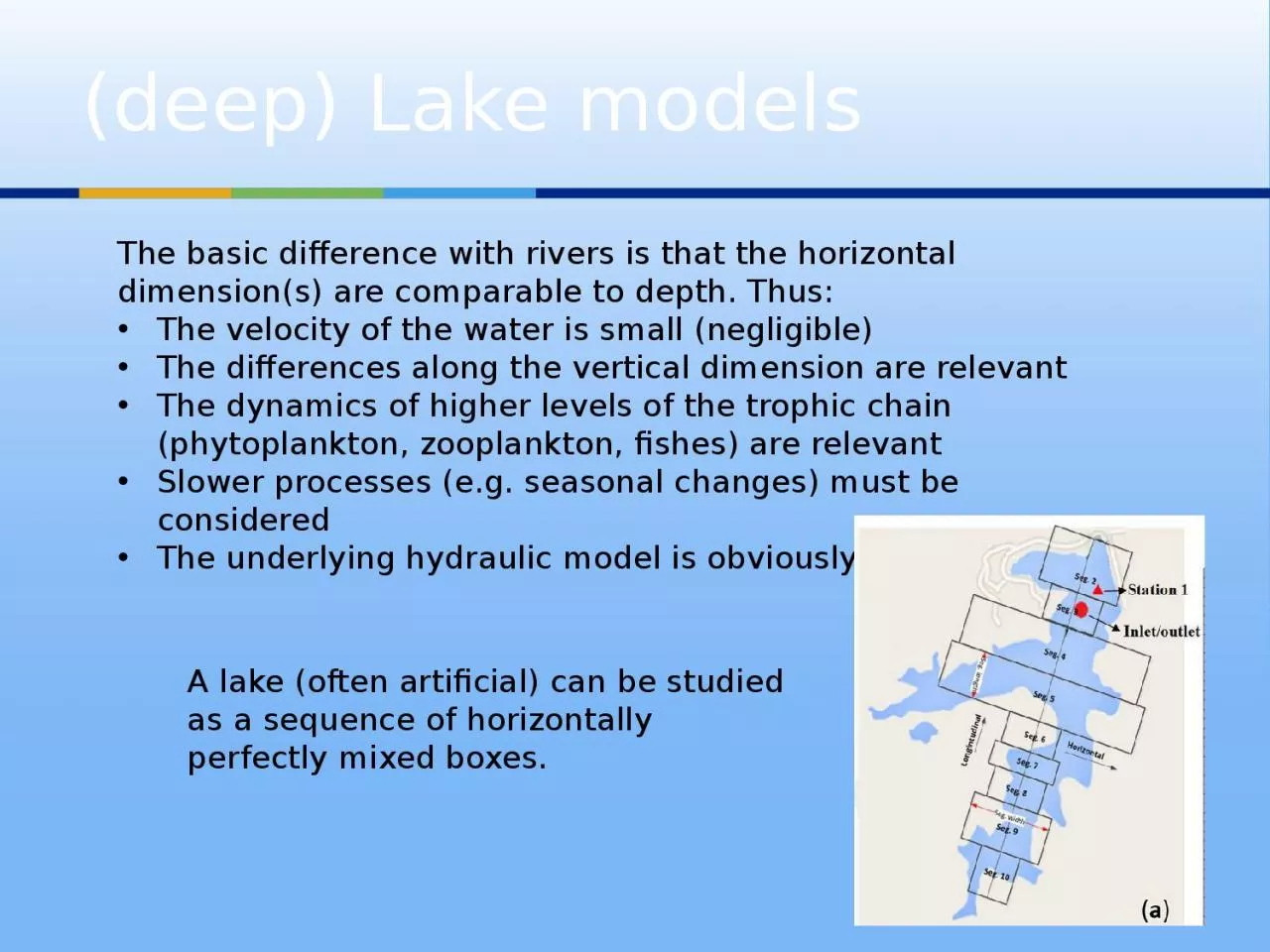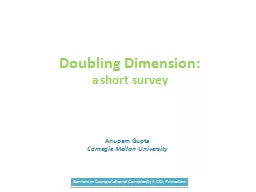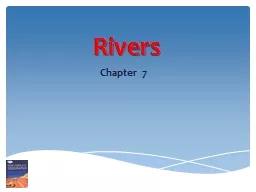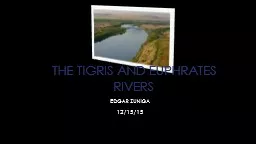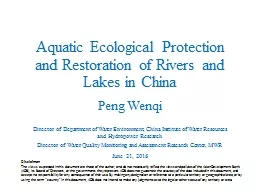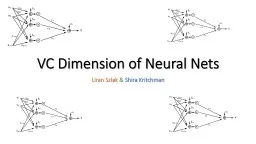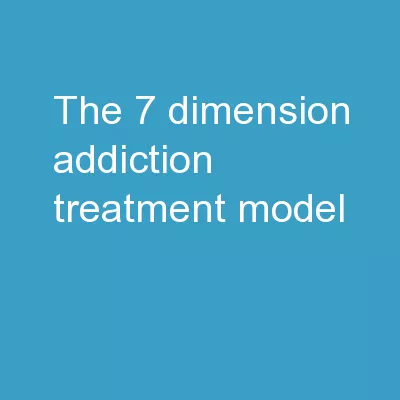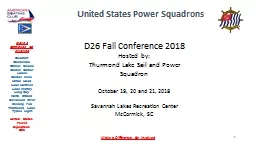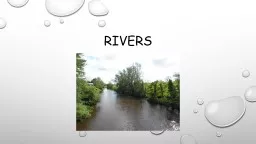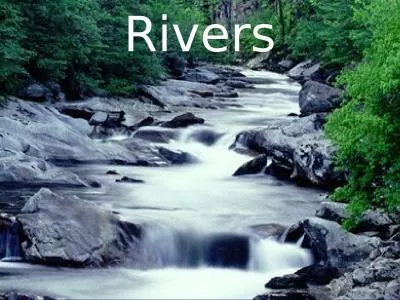PPT-(deep ) Lake models The basic difference with rivers is that the horizontal dimension(s)
Author : claire | Published Date : 2023-09-23
The velocity of the water is small negligible The differences along the vertical dimension are relevant The dynamics of higher levels of the trophic chain phytoplankton
Presentation Embed Code
Download Presentation
Download Presentation The PPT/PDF document "(deep ) Lake models The basic differenc..." is the property of its rightful owner. Permission is granted to download and print the materials on this website for personal, non-commercial use only, and to display it on your personal computer provided you do not modify the materials and that you retain all copyright notices contained in the materials. By downloading content from our website, you accept the terms of this agreement.
(deep ) Lake models The basic difference with rivers is that the horizontal dimension(s): Transcript
Download Rules Of Document
"(deep ) Lake models The basic difference with rivers is that the horizontal dimension(s)"The content belongs to its owner. You may download and print it for personal use, without modification, and keep all copyright notices. By downloading, you agree to these terms.
Related Documents

